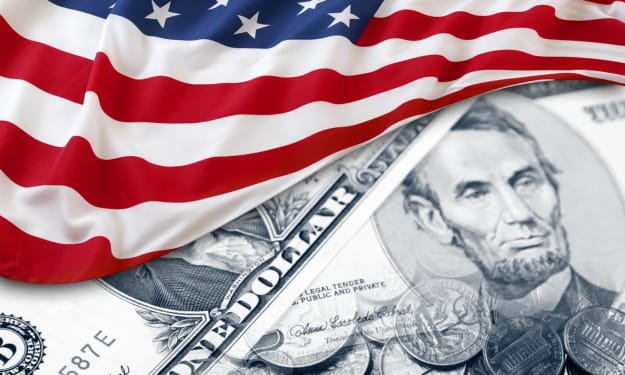The High Cost of Counterfeit Seafood
Inside the World's Fish Fraud Epidemic

In January 2019, a bluefin tuna sold for a staggering $3.1 million at the Toyosu Market auction in Japan. This record-setting price highlights the extreme value of certain seafood, but it also underscores a darker truth: the lucrative business of counterfeit seafood. This burgeoning industry thrives on the ability to deceive consumers and evade authorities, making seafood fraud a rampant issue worldwide.
The Ease of Deception
One of the primary reasons seafood fraud is so pervasive is the ease with which it can be committed. Scallops, lobster, and red snapper are among the most commonly faked seafood items. A 2015 study revealed that nearly 40% of fish samples tested were mislabeled. This means that consumers frequently pay premium prices for seafood that is not what it claims to be. A restaurant might serve a $3 piece of tilapia as $17 red snapper, while entire criminal networks smuggle mislabeled fish across borders.
Seafood Fraud: A Global Issue
Illegal fishing and mislabeling are widespread issues. Approximately one out of five fish caught is done so illegally, often resulting in billions of pounds of bycatch—non-target species caught unintentionally. Stopping these illicit activities is incredibly challenging due to the vastness of the oceans and the complexity of global supply chains.
The Anatomy of Fake Seafood
One common example of seafood fraud is imitation crab, often found in sushi. Made from surimi, a paste of ground-up white fish, imitation crab is legal as long as it's labeled correctly. However, passing it off as real crab, as some restaurants have done, is illegal. Similar tactics are used with other seafood. For instance, less expensive crabs from Asia might be mislabeled as the sought-after Maryland blue crabs, whose populations have declined due to environmental issues.
The Tuna Trade
Bluefin tuna is particularly valuable, fetching millions at auctions. However, the high demand and overfishing have led to the sale of fake tuna, such as cheaper escolar mislabeled as white tuna. An analysis of fish DNA found that 59% of tuna samples at U.S. restaurants and grocery stores were mislabeled. Consumers can protect themselves by being wary of unusually low prices and checking labels carefully.
The Battle Against Fraud
Efforts to combat seafood fraud include stricter regulations and better labeling practices. For example, consumers should look for detailed information on packaging, such as the species name and origin. Buying seafood whole and in-season can also help ensure its authenticity. However, these measures are not foolproof.
Lobster and Other Prized Catch
Lobster, particularly from Maine, is another seafood often counterfeited. Fresh, live lobsters are the best way to ensure authenticity, as once the meat is processed, it becomes difficult to verify its source. Similarly, red snapper is often substituted with cheaper fish like tilapia, which lacks the nutritional benefits of the genuine article.
The Hidden Costs
Seafood fraud not only deceives consumers but also contributes to the decline of fish populations and disrupts ecosystems. It undermines legal fishing operations and can lead to severe health risks when consumers unknowingly eat mislabeled or contaminated fish. Additionally, it often involves human rights abuses, including forced labor and inhumane working conditions on fishing vessels.
A Call to Action
Addressing seafood fraud requires coordinated efforts from governments, conservation organizations, and consumers. Enhanced inspection regimes, better traceability, and harsher penalties for offenders are critical steps. Organizations like Sea Shepherd have made significant strides in patrolling waters and apprehending illegal fishing vessels, but more needs to be done.
As consumers, being informed and vigilant about the seafood we purchase can help mitigate the risks of fraud. By supporting sustainable and transparent practices, we can contribute to the health of our oceans and ensure that what ends up on our plates is both genuine and ethically sourced.
About the Creator
Jeanette M
Am a lover of stories as I learn from them.
Please support my work.
Enjoyed the story? Support the Creator.
Subscribe for free to receive all their stories in your feed. You could also pledge your support or give them a one-off tip, letting them know you appreciate their work.





Comments
There are no comments for this story
Be the first to respond and start the conversation.